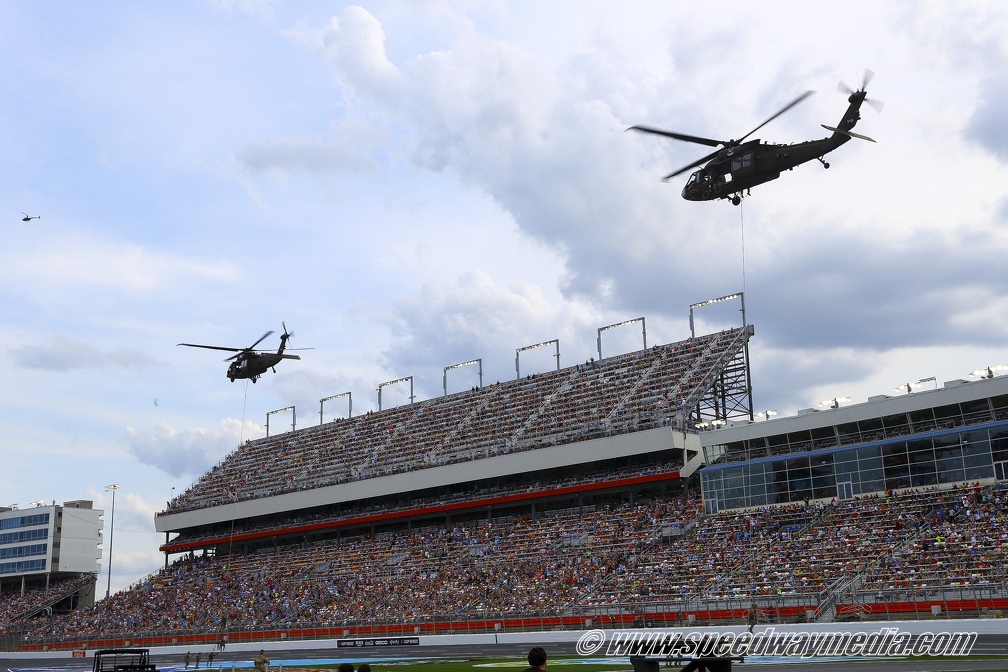When purchasing a new car, safety is often a top priority for buyers. With advancements in automotive technology, modern vehicles are equipped with a range of advanced safety features designed to protect you and your passengers. Understanding these features and how they work can help you make an informed decision and choose a car that offers the best protection on the road.
Adaptive Cruise Control
Adaptive Cruise Control (ACC) is an enhanced version of traditional cruise control. Unlike standard cruise control, which maintains a set speed, ACC automatically adjusts the vehicle’s speed to maintain a safe following distance from the car in front. This system uses radar or laser sensors to monitor traffic and can slow down or speed up your vehicle as necessary. This is particularly useful in heavy traffic, as it reduces the need for constant braking and acceleration, thereby decreasing driver fatigue. One common question is whether ACC can handle stop-and-go traffic. The answer is yes, many advanced ACC systems can bring the car to a complete stop and resume movement when traffic starts moving again.
Lane Departure Warning and Lane Keeping Assist
Lane Departure Warning (LDW) and Lane Keeping Assist (LKA) are systems designed to prevent unintentional lane drifting. LDW alerts the driver when the vehicle begins to drift out of its lane without a turn signal being activated. This alert is typically a visual or auditory warning, or a slight vibration in the steering wheel. LKA takes this a step further by gently steering the car back into the lane. These features rely on cameras to detect lane markings on the road. While they are effective in most situations, heavy rain, snow, or poorly marked roads can affect their performance.
Automatic Emergency Braking
Automatic Emergency Braking (AEB) is a critical safety feature that can prevent or mitigate collisions. AEB systems use sensors to detect obstacles in the vehicle’s path and automatically apply the brakes if the driver does not take action in time. This can be particularly useful in preventing rear-end collisions. Some AEB systems also recognize pedestrians and cyclists. Car buyers often ask if AEB can fully prevent accidents. While AEB significantly reduces the risk and severity of collisions, it cannot guarantee complete avoidance of all accidents, especially at higher speeds or if road conditions are poor.
Blind Spot Monitoring
Blind Spot Monitoring (BSM) is designed to alert drivers to vehicles in their blind spots, areas that are not visible in the side or rearview mirrors. This system uses radar sensors to detect other vehicles and provides a warning, typically a light in the side mirror or a sound, when another car is in your blind spot. Many systems also include Rear Cross Traffic Alert, which warns of approaching vehicles when you are backing out of a parking space. While BSM greatly enhances awareness, drivers should still perform visual checks before changing lanes to avoid any liability in the event of a collision.
Rearview Cameras and Parking Assist
Rearview cameras and parking assist systems have become standard in many modern vehicles. These features provide a live video feed of the area directly behind your car, helping you see obstacles that might not be visible through mirrors alone. Advanced parking assist systems can even take control of the steering to guide your car into a parking spot, either parallel or perpendicular.
Traction Control and Stability Control
Traction Control (TC) and Electronic Stability Control (ESC) are systems designed to maintain vehicle stability and control. TC prevents wheel spin during acceleration by reducing engine power or applying brake force to individual wheels. ESC helps maintain control during skids or slides by automatically applying brakes to individual wheels and adjusting engine power. These features are particularly beneficial in adverse weather conditions like rain, snow, or ice. Buyers often ask if these systems are necessary if they already have all-wheel drive. While all-wheel drive improves traction, TC and ESC provide additional layers of safety by actively managing wheel spin and vehicle stability.
Factor in Safety For Your Next Vehicle
When considering your next car purchase, prioritizing advanced safety features can make a significant difference in your driving experience and overall safety. While these systems are designed to prevent accidents, some are unavoidable. Getting the help from a qualified car accident lawyer can help you recover compensation for your injuries. Each of these systems plays a crucial role in preventing accidents and ensuring that you and your passengers remain safe on the road. By understanding how these technologies work, you can make a well-informed decision and choose a vehicle that offers the best protection available.







